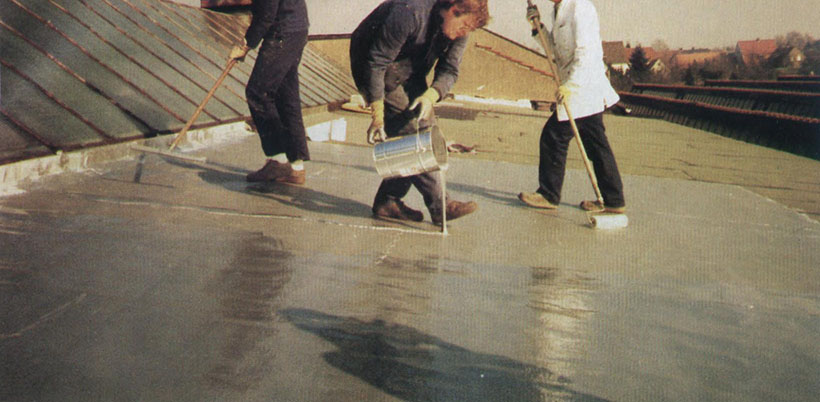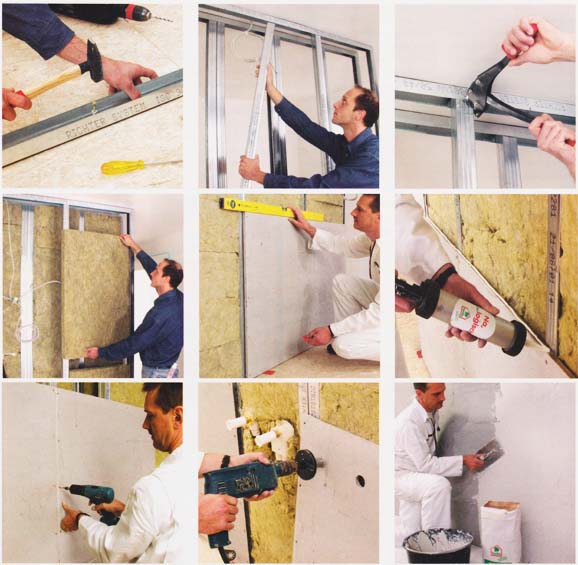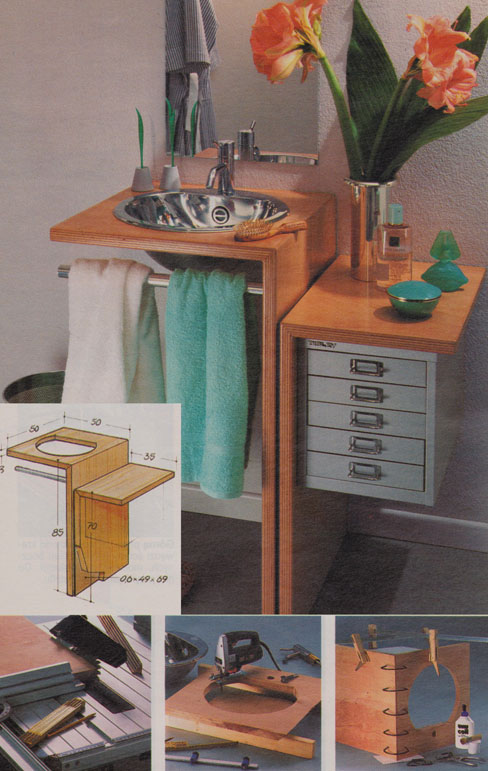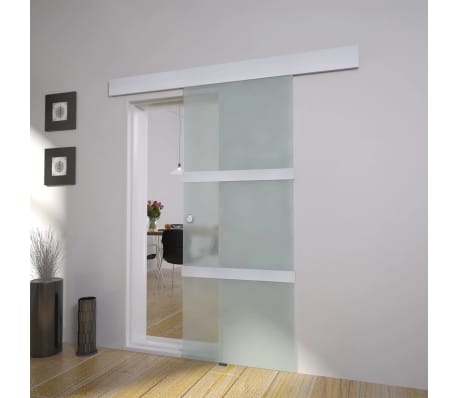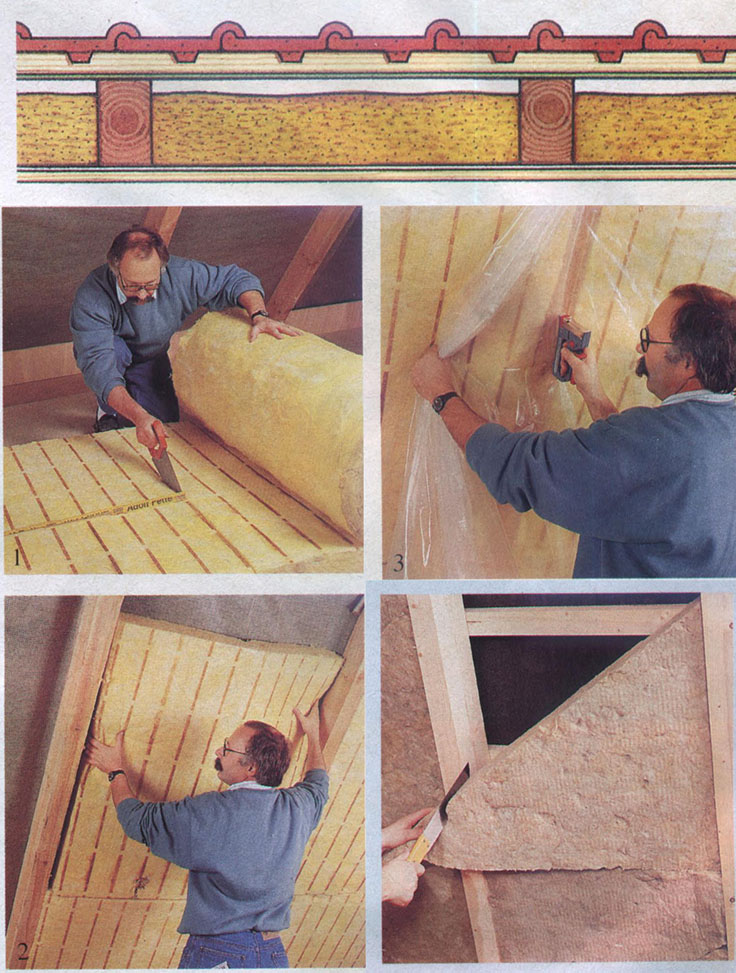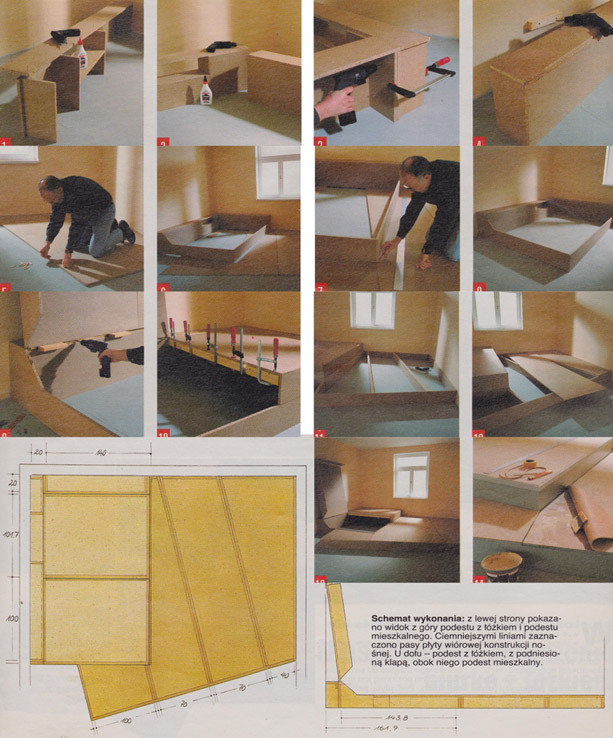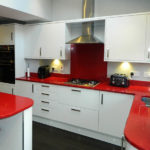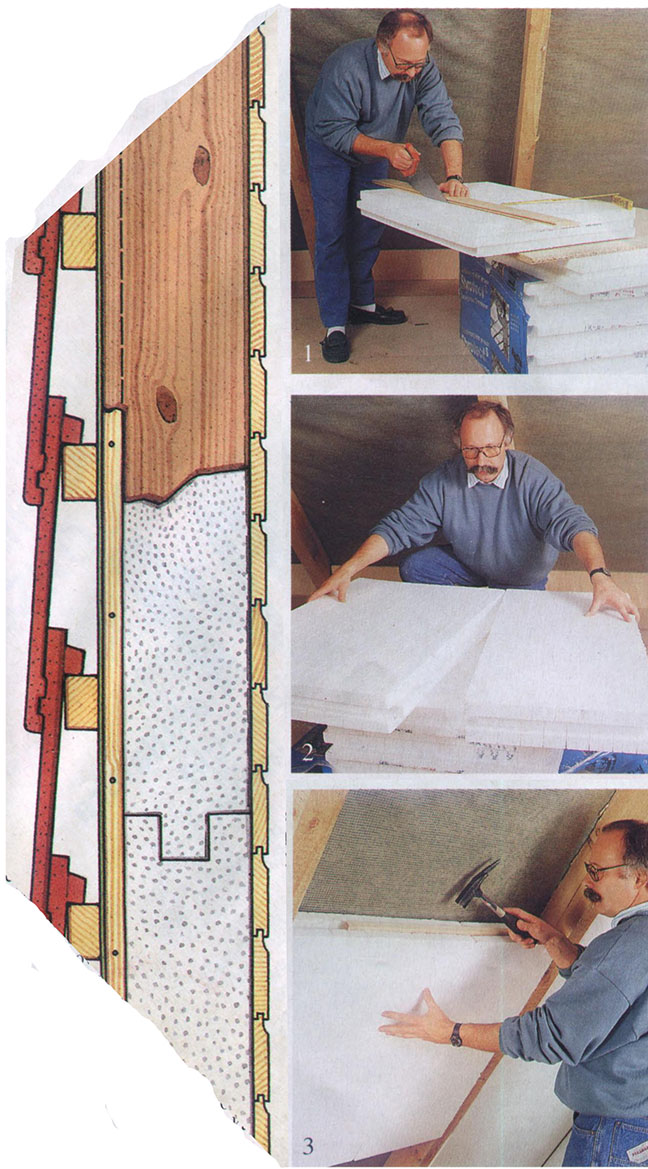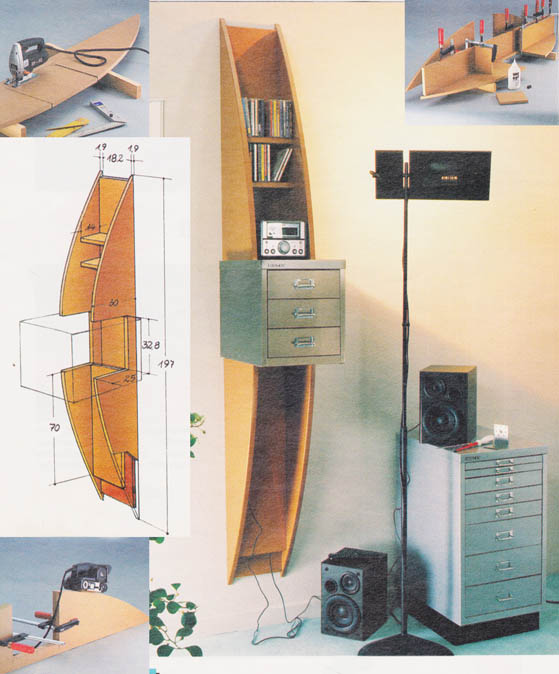Materiały izolujące – płyty i maty.
Głównym zadaniem materiałów izolacyjnych jest zapobieganie ubytkom ciepła oraz wytłumienie hałasu. Wełna mineralna (wata szklana i wełna bazaltowa) oraz piankowa (przeważnie biała poliestrowa pianka sztywna) używane są do ocieplania ścian działowych, strychów, stropów itp. W zależności od przeznaczenia można kupić te materiały w różnej postaci np.: filc mineralny jako prostokątne płyty, kliny lub w rolach jako długie maty z folią aluminiową lub bez, tworzywo piankowe również jako płyty stropowe z dekoracyjnym wzorem lub podkład pod tapety z kartonową powierzchnią lub bez. Ponadto obydwa materiały izolacyjne mogą występować w połączeniu z płytami gipsowo kartonowymi. (Ich zaletą jest to, że po ułożeniu tych elementów możemy od razu tapetować, malować lub układać glazurę). Wspaniałe właściwości izolujące ma również naturalny materiał jakim jest korek. Może być stosowany jako płyta ścienna, podłogowa lub sufitowa. Folia aluminiowa lub polietelynowa jest używana np. przy ocieplaniu spadzistych dachów, gdzie w połączeniu z wełną mineralną ma zastosowanie jako warstwa uszczelniająca, jeśli materiał uszczelniający nie jest jw nią zaopatrzony. Poszczególne pasy folii możemy połączyć taśmą samoprzylepną.
Płynna folia.
Płaskie dachy kryte papą bitumiczną są trudne i kosztowne w utrzymaniu. Istnieje wiele możliwości rozwiązania tego problemu. Najbardziej radykalnym rozwiązaniem jest budowa konstrukcji dwuspadowej. Ale można taniej, np. używając płynnej folii. Jest ona łatwa w użyciu i bardzo skuteczna w działaniu. Dach należy oczyścić z łuszczących się części papy i całkowicie osuszyć. Następnie wylewa się płynną folię i dokładnie rozprowadza po całej powierzchni przy pomocy gumowej rakli i wałka malarskiego. Na pierwsze pokrycie zużywa się około 1 kg folii na m2. Na drugi dzień zużywamy około 0,5 kg na jeszcze jedną warstwę. Ponieważ płyn ten po 6-12 godzinach utworzy warstwę folii o ciągliwości rzędu 400%, nie potrzebna jest już żadna warstwa ochronna. Tylko na szczególnie skomplikowane rogi i połączenia nakłada się na jeszcze mokrą folię warstwę włókna akrylowego.
